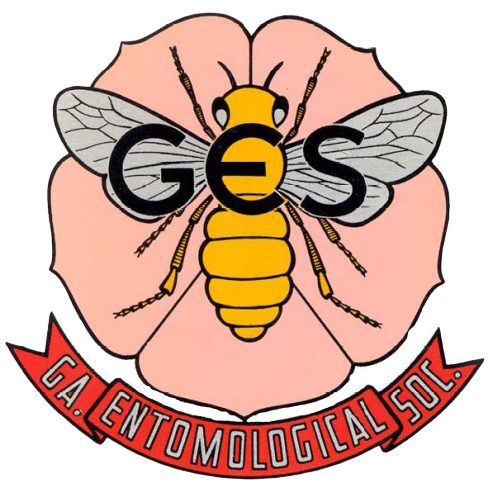Autumnal Populations of Arthropods on Aster and Goldenrod in the Delta of Mississippi
During the period 30 September to 22 October 1986, 8054 arthropods were captured by sweepnet on flowering Aster pilosus (aster) and Solidaqo altissima (goldenrod). The principal species captured were two Miridae (Heteroptera): the tarnished plant bug (TPB), Lygus lineolaris (22%), and Taylorilygus pallidulus (TPAL) (22 %). Phytophages, most of which were mirids, represented 77 % of the assemblage. TPB was twice as abundant as TPAL on aster; the opposite was true on goldenrod. These two mirid species represented 74 % of the phytophages on goldenrod, but only 44 % on aster. Spiders represented 71 % of the predator/parasite component. Significantly more predators occurred on aster than on goldenrod. The most abundant predator was a spider, Misumenops sp. (Thomisidae). Differences between the compostion of the arthropod communities on aster and goldenrod may be due to differences in plant architecture and its effect on predator success. Very high densities of TPB on autumnal aster and goldenrod may lead to high TPB densities the following spring prior to dispersal onto cotton.
Contributor Notes
2Current address: USDA-APHIS-BBEP, 6505 Belcrest Road, Hyattsville, MD 20782.
3Current address: Imported Fire Ant Station, USDA-APHIS-ST, 3505 25th Street, Gulfport, MS 39501.
